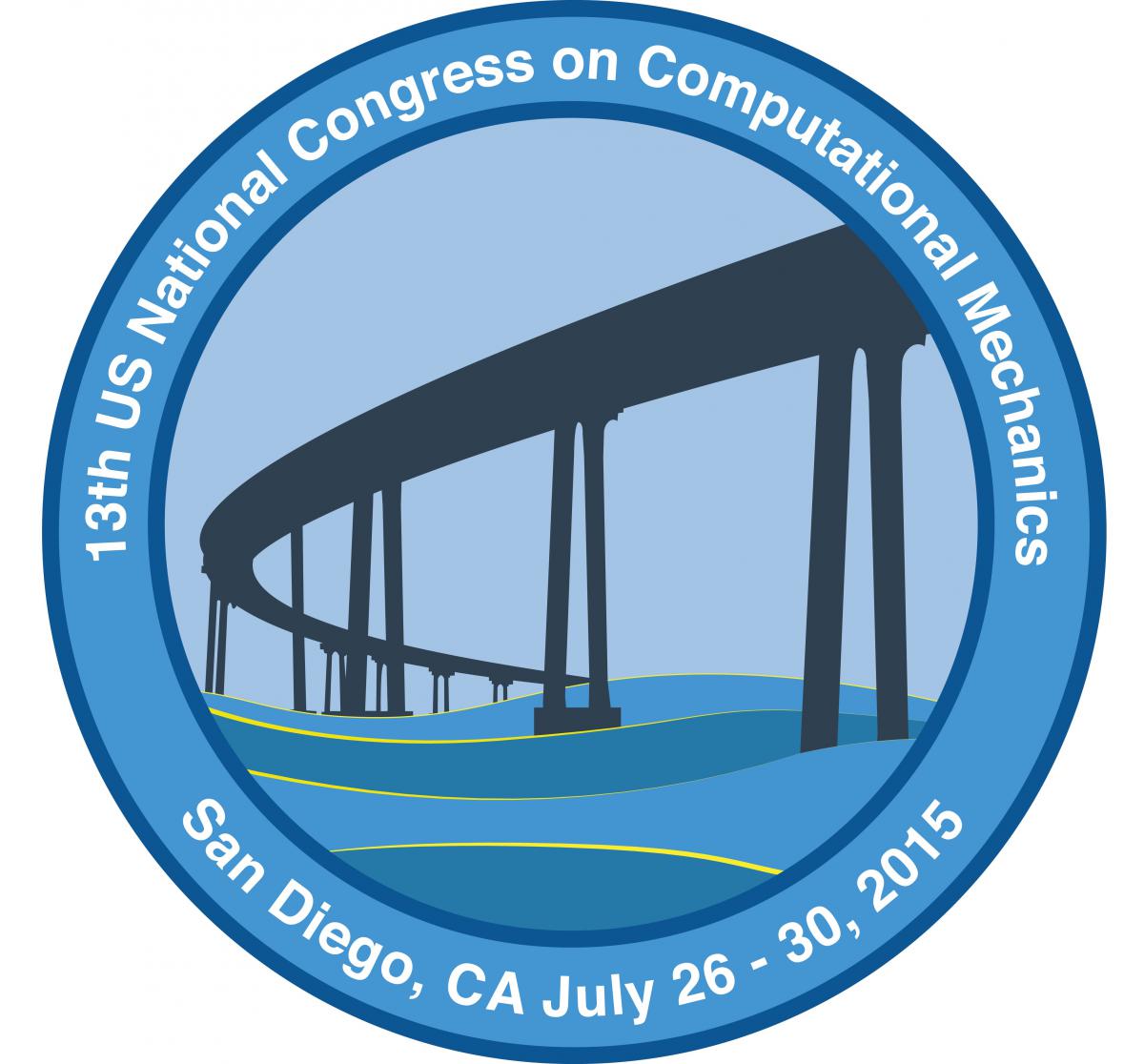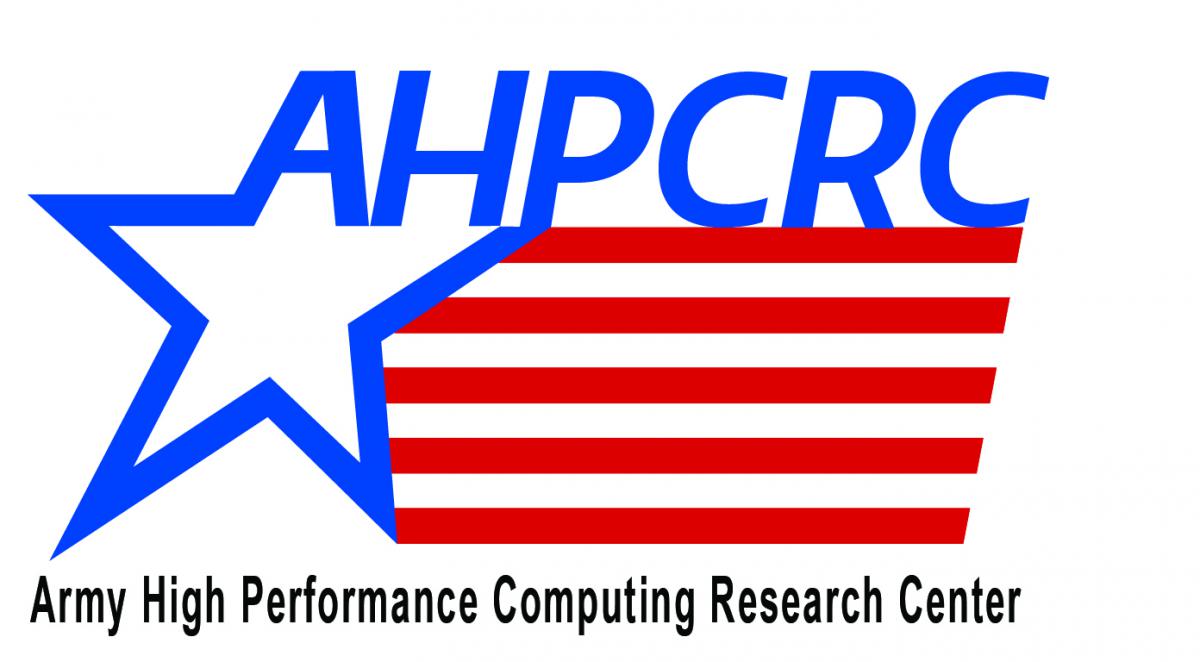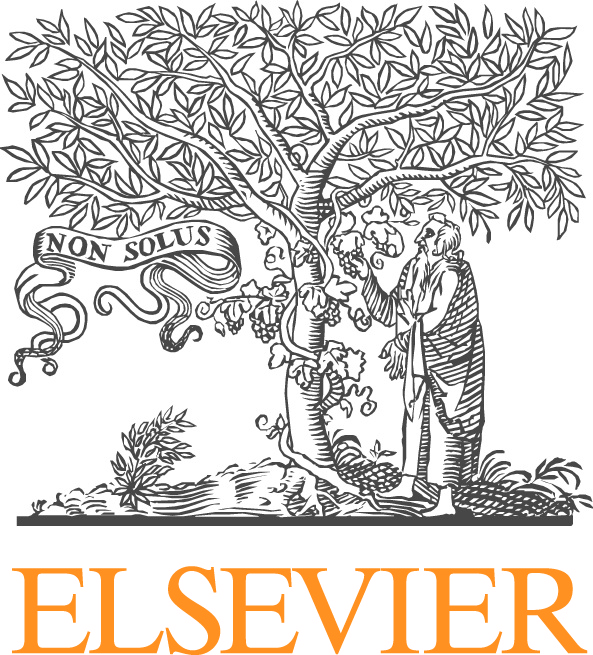Modeling and Simulation of 3D Printing and Additive Manufacturing
Various 3D printing (also called additive manufacturing) techniques have been developed to manufacture complex-shaped components with well-controlled precision. The sophisticated 3D printing techniques often require systematic modeling and simulation effort during the design stage. The main objective of this minisymposium is to provide a platform to discuss recently developed modeling and simulation techniques of 3D printing and additive manufacturing. The topics include (but are not limited to):
• Simulation of the manufacturing process to predict residual stress/distortion, surface topology, and microstructure including defects;
• Computational methods for correcting part distortion;
• Modeling of materials considering effects of printing direction and microstructure
• Topology optimization for achieving lightweight additively manufactured structures;
• Modeling and simulation of 3d printing tissue engineering scaffold;
• Modeling of bioinspired composites and bi-material joints;
• Feedback control methods and process maps for minimizing defects and residual stress in as-built structures;
• Simulation of the manufacturing process for smart materials, sensors, and nano-devices;
• Integration of modeling with process design.
Typically, computational modeling and simulation for any 3D printing processes (e.g. laser sintering/melting, electron beam melting, form deposition modeling, steoreolithography, binder jetting) and materials (e.g. metals, plastics, ceramics and their composites as well as biological materials) are welcome.





